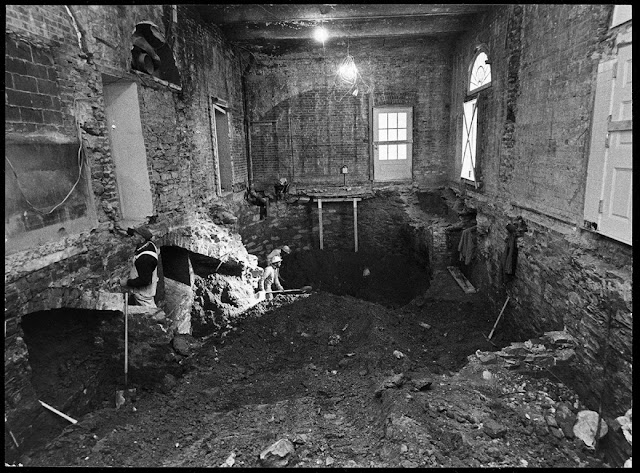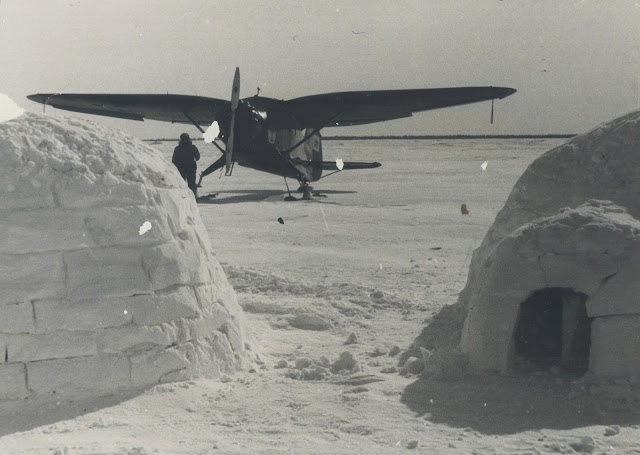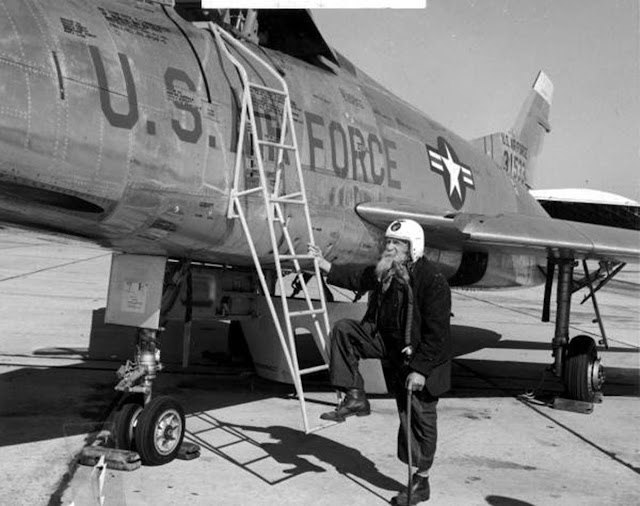On the night of September 24th, 1916, the Zeppelin L33 was brought down by the combined efforts of the London defenses and 2nd Lieut. A de B Brandon of 39 Squadron, flying his BE2c Landing in an almost intact state in a field near the Essex village of Little Wigborough. It provided an ideal opportunity (and the first) for British aviation scientists to study the intricacies and details of Zeppelin technology at first hand.
The information gathered was then used to improve the designs and structure of the ‘R’ series airships that appeared at the end of the war. The account (unsigned) of the wrecking of the Zeppelin L33 is the official report, written at the time and can be found in the archives of the Imperial War Museum, London.
The description of the wrecked ship is extracted from “The Great War’ by H.W. Wilson & J.A. Hamerton which appeared in February 1917. Although lengthy it is interesting for its detail, available for public release only six months after the ship’s crash.
The Wrecking of the Zeppelin L33
There can be little doubt that during the bombardment over East London one propeller had been damaged and a shell passed through her body. She also began to lose gas, though not rapidly, through punctures caused by shell splinters. In getting out of the rays of searchlights at Kelvedon Common she attempted to climb rapidly and appeared to release a smoke cloud. At about 12.30 she was attacked by 2nd Lieut.
Captain A. de B. Brandon, Royal Flying Corps, but his bullets failed in their purpose of bringing her down. The majority of prisoners of the L33 were vague as to the airplane attack which passed off more or less unnoticed by them but were unanimous that the ship was pierced by a shell shortly after leaving the river i.e. over East London.
The aviator continued his close pursuit of the airship which at 12.35 am passed south of Ongar, and at 12.45 am north of Chelmsford. There she began to jettison the cargo. At Broomfield spare parts, two aluminum cartridge boxes and a leather machine gun case were thrown out and at Boreham, a mile or two further, a machine gun followed. At 12.55 am the airship was between Witham and Maldon.
She now began to labor considerably as her height and speed diminished. About 1:00 am she dropped her second machine gun on the grounds of Monckton’, Wickham Bishops. A third machine gun followed at GateHouse Farm, Tiptree. About 1.15 am she went out to sea at West Mersea, but her commander, who in view of her condition, preferred to be taken prisoner rather than to run the risk of drowning with his crew like the men of the L15.
Therefore, almost immediately returned to the coast, and at 1.20 am brought his ship down to earth in a field between Little Wigborough and Peldon, some three miles inland, northeast of Mersea. There a slight explosion took place and the ship took fire, but owing to her great loss of gas comparatively little damage was inflicted upon her, only the outer casing is being destroyed and the front gondola suffering severe damage.
The framework partly collapsed amidships when the casing took fire. She probably dropped a good many bombs (HE) at the mouth of the River Thames on the way over as the number dropped by her in this country, 26, is much less than that usually carried by an airship of her type’.
The Wreck of the Zeppelin L33
The Super Zeppelin was of immense bulk, little inferior to the Lusitania. It displaced 50 tons of weight of air and contained 2,000,000 cu. ft. of gas. Its outer surface was not of goldbeater’s’ skin which in the past was commonly employed for airships but of finely woven Manchester cotton.
On this cotton, delicate wavy lines were printed in black or dark blue. The color effect of the envelope seen from a distance was grey. Closely examined it looked like newspaper covered with the very fine print of a microscopic font.
This material was perhaps adopted to make the airship less visible, though it is also possible that the lines may have been printed to make the fabrics resemble shirting and to enable them to pass the blockade. It was not varnished or treated in any way except, it may be, by a solution rendering it non-flammable. It played in the airship the same part as the thin outer steel plating of a seafaring vessel.
It was tough and very hard to tear, while it would offer no resistance to artillery projectiles unless they had a very sensitive fuse. As the outer steel plating of a sea-going vessel is carried on frames so was the cotton covering of the airship. But whereas the frames of a sea vessel are of steel and are ponderous, in the airship they were of the lightest metal available, an alloy of aluminum, and of a latticework design, with an air of extraordinary fragility about them that made them seem almost fantastic.
Besides these frames there, actually were longitudinal girders running the length of the ship. The enormous skeleton of metal 680ft long and 72ft beam covered an acre of ground and looked as large as a fairy-like Crystal Palace. In shape, the hull was streamlined, which means that the forward end was comparatively blunt and was larger in diameter than the mid-ships portion.
Astern it tapered down and terminated in a fine point at the tail. The general shape of the hull was that of a cigar with 25 sides. In this respect, it differed from the earlier Zeppelins, which were not streamlined and had a bow-shaped similar to the stern, and 17 or 18 sides. The Super Zeppelin’s hull was far more favorable to high speeds.
It seems possible that she may have attained 80mph in fine weather conditions although her average speed would not have been more than 50mph. Within the great cigar-shaped hull were 24 gas-bags made of silk fabric coated with India rubber varnish and gas-proof. Each bag was shaped like a Cheddar Cheese and probably each was fitted with valves, one of which was hand-operated, while the other, an automatic valve for releasing gas when the pressure rose dangerously, was placed in the side of the hull.
Passing through the gas bags by a gas-tight valve and running from end to end of the hull was a great hawser. From these radial wires were carried to each aluminum transverse frame, like the spokes of a cycle wheel run from the hub to the rim of the wheel.
These radial wires kept the gas-bags apart and when the great central cable was tightened – for which a very simple device was fitted – the tension of them was tautened too, and the whole of the framework of the ship braced, exactly as the sails of a sailing ship are braced at sea by tightening the stays and rigging.
The great cable, the existence of which no-one in this country suspected, thus served to keep the hull of the ship together and to relieve the strain on it when it was exposed to gun, fire or wind. On the top of the hull forward was a small platform on which were two 5ins guns, firing a little shell of nearly a pound in weight. Right astern, not far from the apex of the tail, was another station for a single 5ins gun, in a yet lonelier and more dangerous position.
These were the weapons to which the designers of the Super Zeppelin trusted for repelling airplane attacks. These remote stations in the great rustling hulk were reached by ladders or by climbing a catwalk that ran along the keel. This walk gave a means of passing from end to end of the hull, but it was so perilously narrow that it must have strained any but the steadiest nerves. The width of the gangway was only Sins.
Thinnest plywood laid directly on the girder framing. If a man missed his footing he would shoot through the flimsy cotton cover and fall to a certain death, though there was a handhold in the form of a rope to enable him to grope his way in the darkness of the ship’s interior In this dim alleyway, abaft the forward gondola was the bomb chamber where were hooks for 60 bombs, which may have weighed one and a half tons or more.
The Zeppelin hooks were electrically operated by the sixty buttons on the murder keyboard which was placed in the forward gondola. In the form, the buttons resembled bell pushes. When the button was pressed the hook released the bomb, a lever was previously moved which opened a sliding shutter that allowed the bomb to fall.
This device was the crudest possible, and it made accurate aiming out of the question. Anyone who examined it would realize why Zeppelins never hit their targets. A lavatory was also placed in the cat-walk but there were no arrangements for cooking. The gondolas were four in number. Two of these were like large boats about fifty feet long, placed forward and astern.
The two others were smaller and placed abreast on either side of the hull, nearer the center of the ship. The forward one contained the Captain’s cabin with wheels controlling the two rudders for horizontal and vertical movement and other controls for the petrol tanks and water ballast. The gondolas were covered with fabric but had non-flammable celluloid windows.
Abaft the Captain’s cabin was the wireless room which was little more than a cupboard, six feet by four feet and abaft that again was a 240hp Mercedes Maybach Engine with dynamo and two machine guns. The engine drove a propeller immediately behind the gondola and underneath the hull. The two small amidships gondolas each contained a similar engine driving a similar propeller with dynamo and machine gun.
The large gondola astern carried three engines, two of which drove propellers at the side of the airship by level gearing, and a third propeller astern of the gondola and underneath the hull. Each engine was fitted with a dynamo and in the gondola, there were two machine guns. Thus there were six engines each of 240hp, totaling 1440hp in all, 6 dynamos, 6 propellers (four under and two at the sides of the airship) and six machine guns, besides that three. 5ins weapons at the bow and stern.
The petrol tanks of the Super Zeppelin carried 2,000 gallons and were placed in or near the cat-walk so as to keep them well away from the engines. There were many ingenious contrivances, among them an apparatus for releasing the mooring rope by pressing a button. The exhaust from the engines appeared to be carried out through the hull so as to keep the gas warm when cruising in the frightful cold of the upper air. A smoke producing apparatus was fitted.
Like other Zeppelin, this airship was probably equipped with an observation car capable of containing one man which could be lowered 1,000 yards and was connected with the airship by a telephone cable. The report that the gondolas were armored was explained by the appearance of the aluminum of which they were made, and which looked like burnished steel.
The metal was very tough sheeting about a fifth of an inch thick and was strongly stayed. The gondolas appeared watertight and would probably have floated but for the heavyweights they contained the crew numbered 23 men of all sizes and not chosen for their lightness.
They wore very heavy and warm clothing and many of them had special knowledge of East Anglia, indeed one had worked in Colchester. The engines were fitted with silencers and despite these, the noise they made was very great and was noticed all over the place that they landed. Such were these ‘Super Zeppelins’ of which the first seems to have been completed in June. Zeppelin L33 on her tanks bore the mark: ‘H14 7 16’ which probably stood for ‘Herbst (summer) 14th day, 7th month (July) 1916.
Product You May Interested
- Cat Spraying No More – How to Stop Your Cat from Peeing Outside the Litter Box – Permanently.
- High-Quality Dog Training Course Featuring 21 Games to Improve your Dog’s intelligence & Behavior with Professional Dog Trainer.
- Flavor Pairing Ritual Supercharges Women’s Metabolisms
- The best Keto Diet Program
- Boost Your Energy, Immune System, Sexual Function, Strength & Athletic Performance
- Find Luxury & Designer Goods, Handbags & Clothes at or Below Wholesale
- Learn How To Build A 3d Solar Panel Converts Like Crazy, and Save Lot of Money?
- Unlock your Hip Flexors, Gives you More Strength, Better Health and All-Day Energy.














